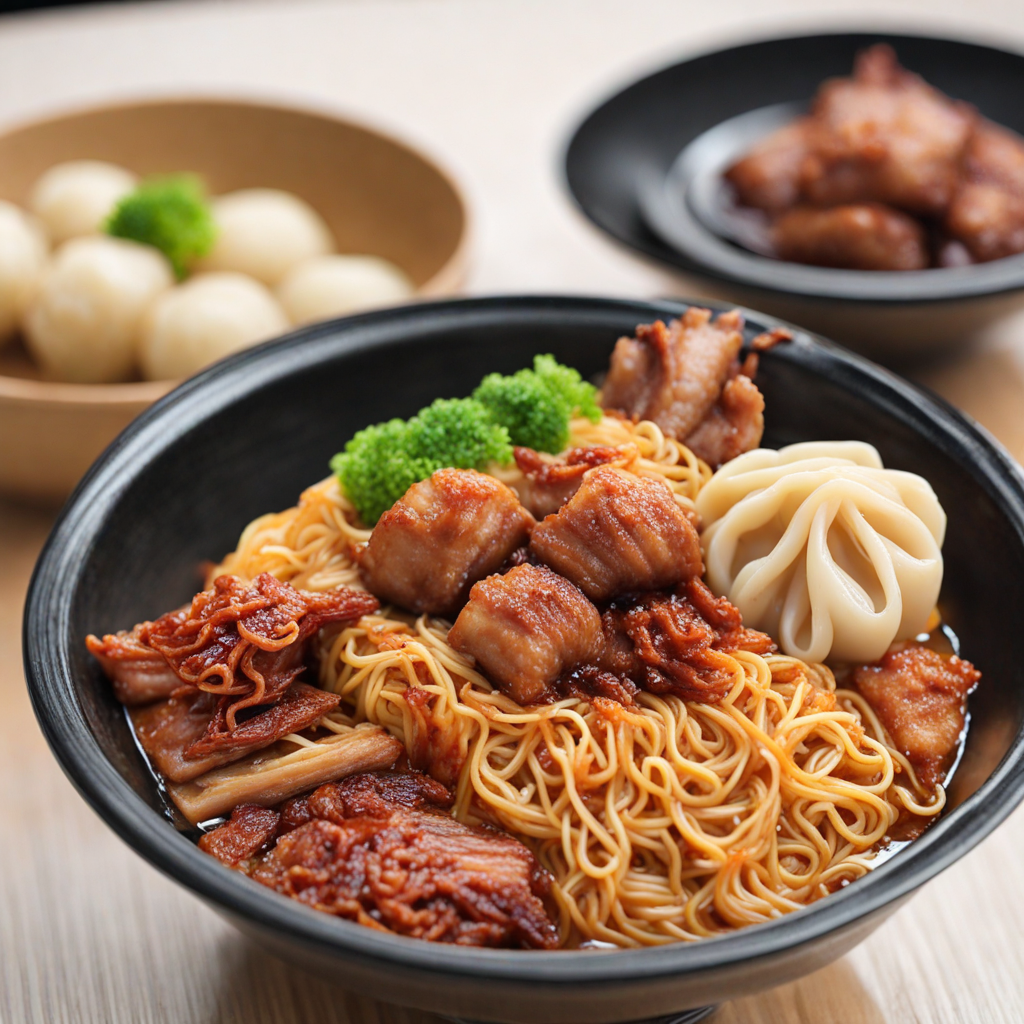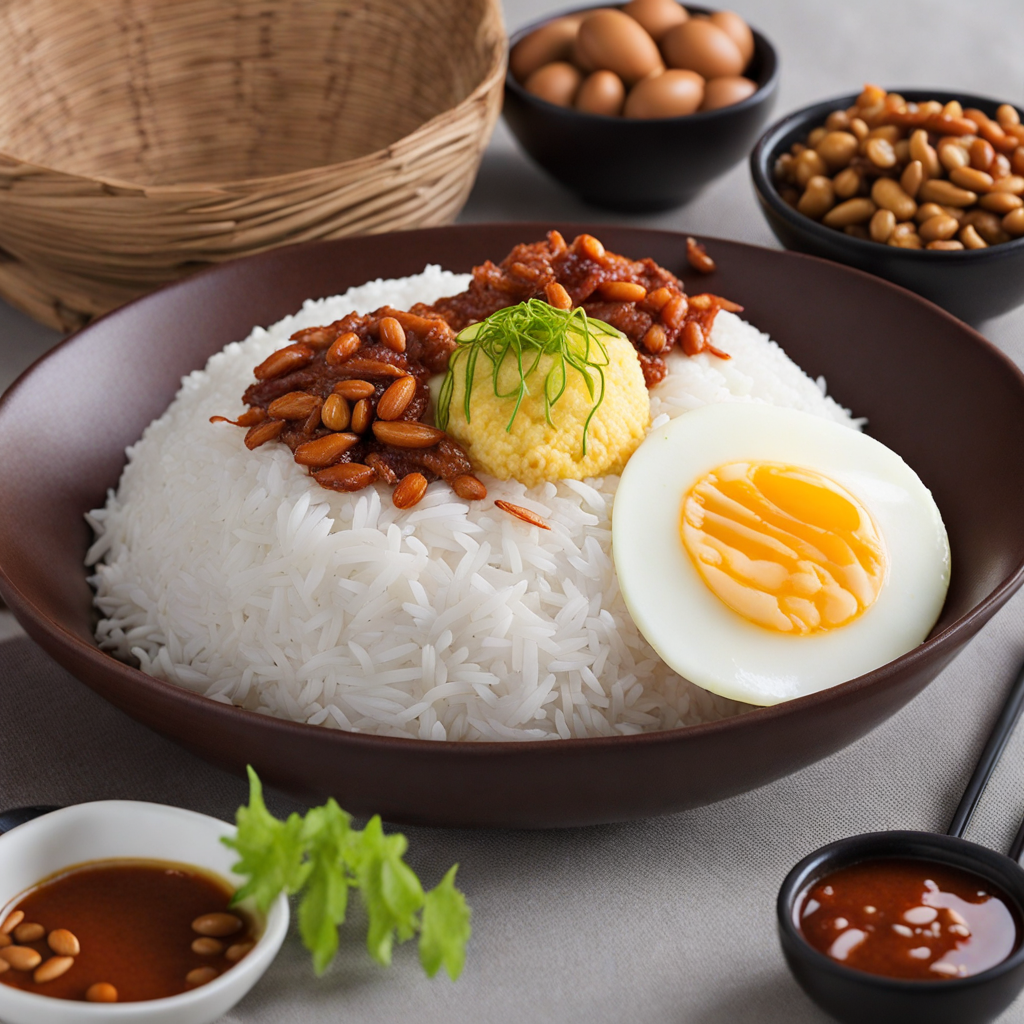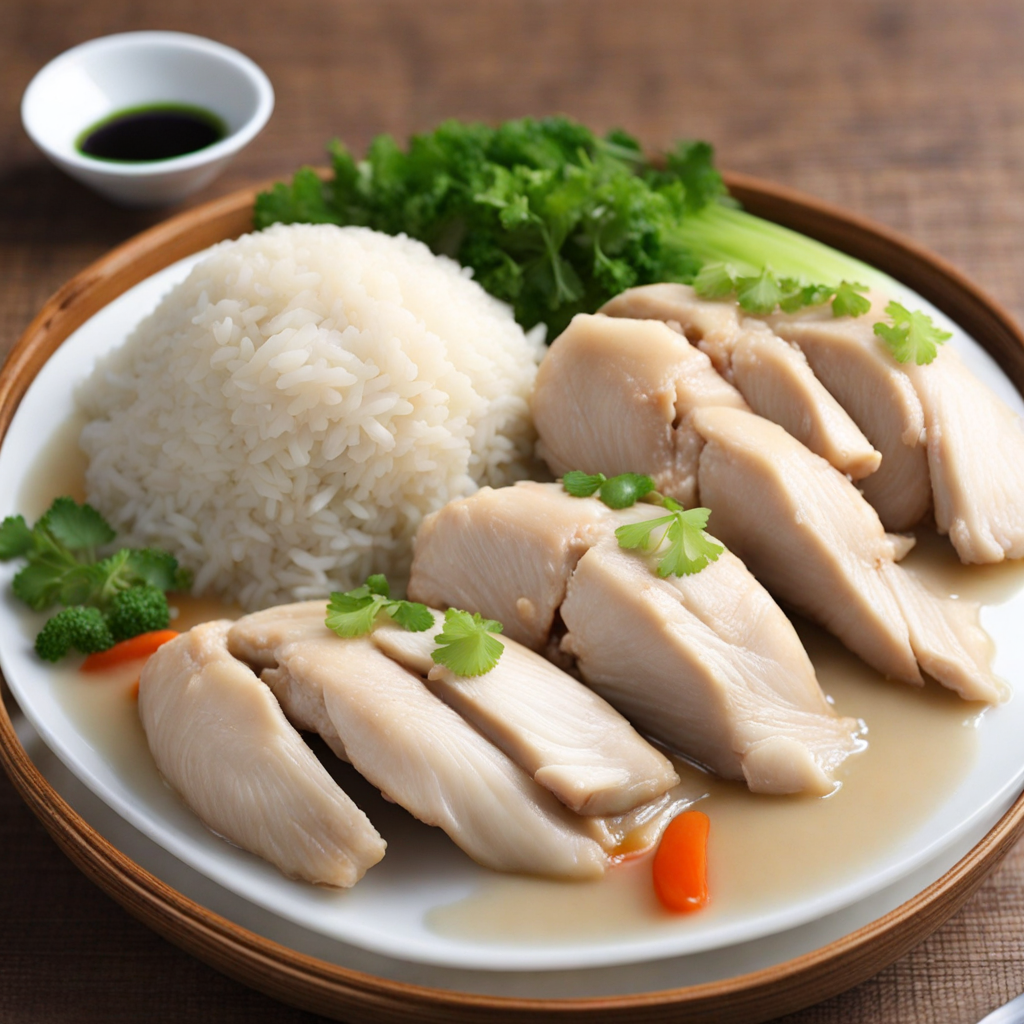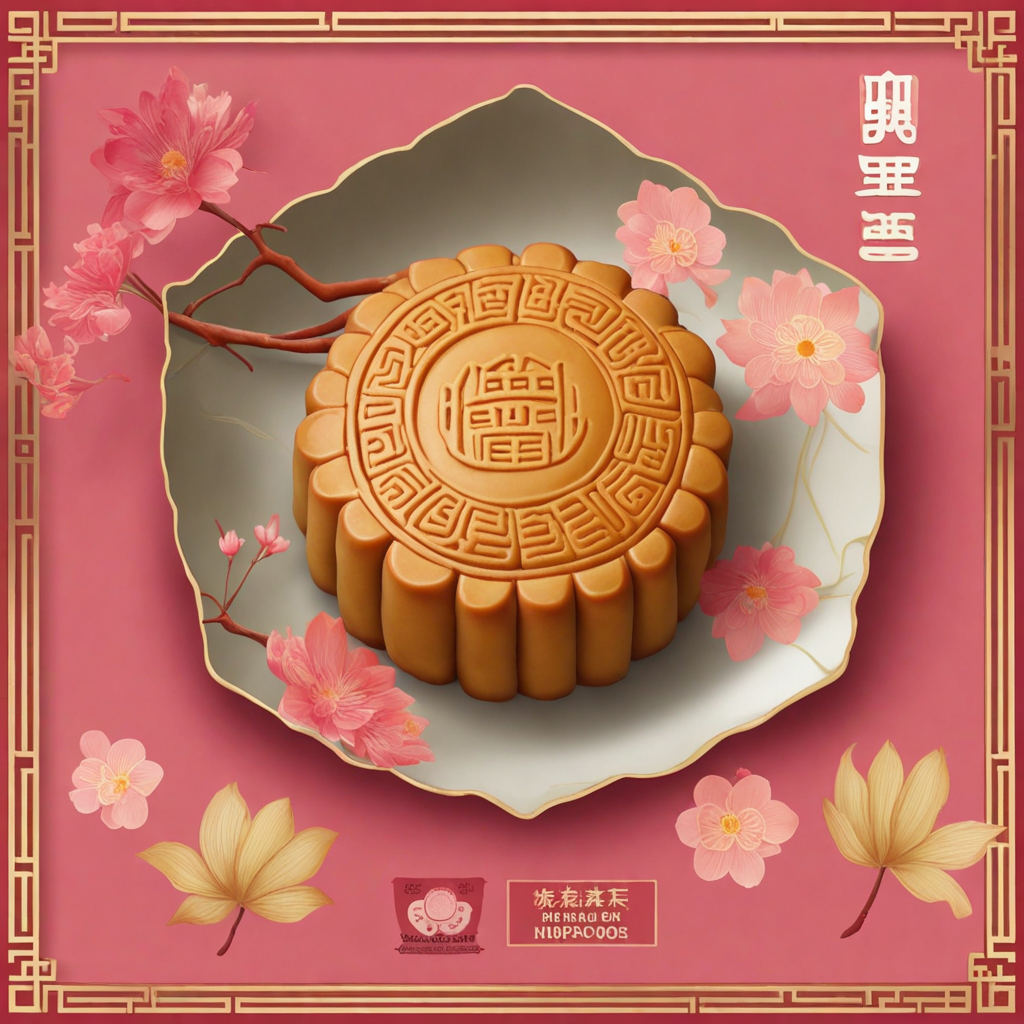Wanton Mee
Wanton Mee is a beloved dish in Singapore that showcases the perfect harmony of flavors and textures, making it a must-try for any food enthusiast. At its core, this dish features thin, springy egg noodles that are expertly cooked to achieve a delightful chewy consistency. The noodles are often tossed in a savory soy sauce-based dressing, which adds a rich umami flavor that complements the other components beautifully. The dish is commonly served with a generous portion of char siu (barbecued pork) that is marinated to perfection, offering a sweet and smoky contrast to the noodles. Accompanying the noodles are the star of the show: the wantons. These delicate dumplings are typically filled with a mix of minced pork and shrimp, seasoned with a hint of ginger and garlic. The wantons can be either boiled or deep-fried, providing a satisfying crunch or a tender bite, depending on your preference. They are often served in a light, flavorful broth that enhances the overall experience, ensuring that every spoonful is a delightful burst of taste. To elevate the dish further, Wanton Mee is frequently garnished with fresh greens, such as blanched bok choy or scallions, which add a refreshing touch. A side of chili sauce or vinegar can also be provided, allowing diners to customize the heat and tanginess to their liking. Each mouthful of Wanton Mee is a delightful journey through contrasting flavors and textures, making it an unforgettable dish that embodies the vibrant culinary culture of Singapore.
How It Became This Dish
The History of 云吞面 (Wonton Noodles) in Singapore #### Origins The story of 云吞面 (wonton noodles) in Singapore is a delightful tapestry woven from the threads of Chinese culinary tradition, migration, and local adaptation. The dish itself is a fusion of Chinese wontons and egg noodles, deeply rooted in the culinary practices of the Cantonese diaspora. Wontons, which are dumplings filled with minced pork, shrimp, or other fillings, have a long history in China, with references dating back to the Song Dynasty (960–1279 AD). The term "wonton" is derived from the Cantonese "yun teng," which means "cloud swallowing," a name that reflects the delicate, pillowy texture of the dumplings. As Chinese immigrants began arriving in Singapore in the 19th century, they brought with them their culinary traditions. Many of these immigrants hailed from the Guangdong Province, where wonton noodles are a staple dish. The unique combination of wontons and noodles quickly gained popularity among the local population, transforming into a beloved dish that would come to symbolize Singapore's multicultural landscape. #### Cultural Significance Wonton noodles hold a significant place in Singapore's hawker culture—a culinary phenomenon that arose from the need for affordable, accessible food options in a rapidly urbanizing society. As Singapore transformed from a colonial trading post into a bustling metropolis, hawker centers emerged, bringing together a diverse array of cuisines and food traditions. Wonton noodles became a fixture in these centers, attracting not only the Chinese community but also people from various ethnic backgrounds. The dish is more than just a meal; it represents Singapore's identity as a multicultural nation. With its combination of Chinese ingredients and local flavors, wonton noodles embody the spirit of culinary fusion that characterizes Singaporean cuisine. The presence of wonton noodles in hawker centers is a testament to the country's ability to embrace and adapt diverse culinary traditions, creating a unique identity that resonates with locals and visitors alike. #### Development Over Time In the early days, wonton noodles were typically served in a simple broth, often garnished with choy sum (a type of Chinese leafy vegetable) and accompanied by a side of chili sauce. However, as Singapore's culinary landscape evolved, so too did the dish. The introduction of various sauces and condiments played a significant role in enhancing the flavor profile of wonton noodles. The use of soy sauce, sesame oil, and even chili paste became commonplace, catering to the local palate. One of the most notable developments in the history of wonton noodles in Singapore is the emergence of the dry version, known as "干捞云吞面" (dry wonton noodles). This variation features the noodles tossed in a savory sauce, often made from soy sauce and lard, before being topped with wontons and garnished with spring onions. The dry version gained immense popularity in the late 20th century, appealing to those who preferred a richer flavor and a more substantial meal. Another significant aspect of wonton noodle culture in Singapore is the rise of specialty stalls. While traditional hawker centers featured stalls that offered a variety of dishes, many vendors began to specialize solely in wonton noodles. This specialization allowed for a greater focus on quality and flavor, with some stalls even perfecting their own recipes for wonton filling and noodle-making. Renowned establishments like "Makansutra" and "Tian Tian Hainanese Chicken Rice" helped elevate the profile of wonton noodles, drawing in food enthusiasts eager to sample the best renditions of this beloved dish. #### Modern Interpretations In recent years, the wonton noodle scene in Singapore has continued to evolve, reflecting broader culinary trends and the influence of global gastronomy. Chefs and food artisans are increasingly experimenting with innovative ingredients and techniques, creating new interpretations of the classic dish. For instance, some stalls have incorporated truffle oil into their wonton fillings or offered gluten-free noodle options to cater to dietary preferences. These modern twists showcase the dynamic nature of Singaporean cuisine, where tradition meets contemporary culinary practices. Moreover, the popularity of wonton noodles has transcended borders, with many Singaporean expatriates and food lovers seeking out authentic versions of the dish in cities around the world. This global appreciation has led to a rise in Singaporean-themed restaurants and food trucks, further solidifying wonton noodles as an ambassador of Singaporean culinary culture. #### Conclusion The history of 云吞面 (wonton noodles) in Singapore is a rich narrative that reflects the country's multicultural heritage and culinary innovation. From its origins in the Cantonese tradition to its integration into Singapore's hawker culture, this dish has evolved over time, adapting to the local palate while retaining its traditional roots. The cultural significance of wonton noodles extends beyond mere sustenance; it serves as a symbol of Singapore's identity as a melting pot of flavors and traditions. As generations of Singaporeans continue to enjoy this beloved dish, wonton noodles remain a testament to the enduring power of food to connect people, celebrate diversity, and reflect the ever-changing landscape of culinary expression. Whether enjoyed in a bustling hawker center or a modern eatery, wonton noodles will undoubtedly continue to play a vital role in Singapore's gastronomic narrative for years to come.
You may like
Discover local flavors from Singapore







